In her Budget speech last year, Finance Minister Nirmala Sitharaman said the word ‘green’ around 23 times, ‘sustainable’ nine times, and ‘climate’ one time.
Contrast that with 2022, when ‘green’ was mentioned only eight times.
Clearly, the central government is sitting up and taking notice of the consequences human actions have on climate change.
Green growth was one of the ‘Saptarishi’ or seven guiding principles of Budget 2023 which, Sitharaman professed, would direct India through Amrit Kaal.
It focused on areas such as fuel, energy, mobility, equipment, and power usage, and was hopeful of providing “large-scale green job opportunities”.
While it was a step in the right direction—the biggest being energy transition—it failed to address several aspects of climate change, including building resilience among vulnerable populations in India, which are the most impacted by extreme climate change events such as floods, heatwaves, cyclones, etc.
Anticipated to be a vote-on-account due to the impending general elections later this year, Budget 2024 is eagerly awaited by the climate-tech industry, which is hoping for government support and incentives.
<figure class="image embed" contenteditable="false" data-id="536601" data-url="https://images.yourstory.com/cs/2/f49f80307d7911eaa66f3b309d9a28f5/ClimateTechBudgetInfographic-1706681402741.jpg" data-alt="climate-tech" data-caption="
(Design credit: Nihar Apte)
” align=”center”> (Design credit: Nihar Apte)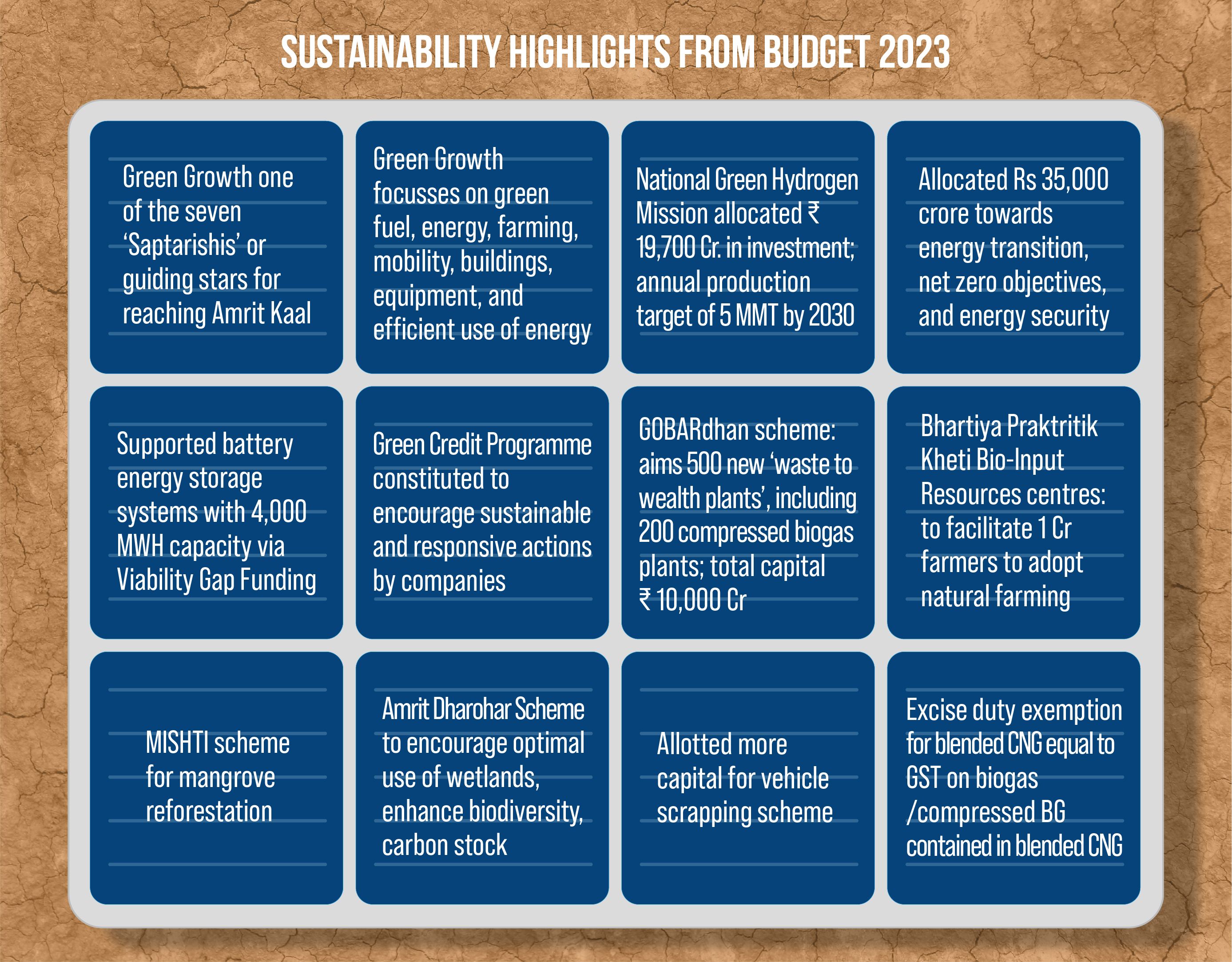
.thumbnailWrapper
width:6.62rem !important;
.alsoReadTitleImage
min-width: 81px !important;
min-height: 81px !important;
.alsoReadMainTitleText
font-size: 14px !important;
line-height: 20px !important;
.alsoReadHeadText
font-size: 24px !important;
line-height: 20px !important;

More incentives for green hydrogen
The government’s Green Hydrogen Mission has been instrumental in shaping India’s roadmap for future energy requirements. Major companies in India, including Adani, Reliance Industries, and Tata, as well as oil and gas companies have announced plans to set up their green hydrogen plants over the last two years.
Last year, the government earmarked Rs 19,700 crore for the Green Hydrogen Mission. The hope this year is that this pool will be expanded to continue boosting the sector, as well as focus on creating demand, encouraging research and development, and indigenising the supply chain for producing green hydrogen.
Given that green hydrogen is the cornerstone of the government’s vision to reach net zero emissions by 2070, the industry is also hoping for some tax breaks on importing equipment needed for production, especially solar photovoltaic modules, which currently attract 40% duty.
The Ministry of New and Renewable Energy last month proposed to exempt duties on imported green hydrogen equipment till 2035, according to a report by The Indian Express.
Key analysts and experts in the sector also say that reducing the price of electrolysers used in green hydrogen production by increasing subsidies will go a long way in easing cost-related pressures.
Fixing the carbon market
India began to consider the carbon market seriously in 2022 when the Union Budget announced sovereign green bonds in a bid to grow the green finance sector and low-carbon technologies.
The success of the green finance market led to the government announcing the Carbon Credit Trading Scheme (CCTS) in June 2023, which aims to establish a carbon compliance market in India.
The CCTS essentially focuses on tradable performance standards (TPS), where each industry has goals based on how much carbon they emit per unit of what they produce, instead of just having a set amount of carbon they can emit. Companies in this system can trade credits for polluting less, thereby encouraging a market-driven method to reduce carbon emissions.
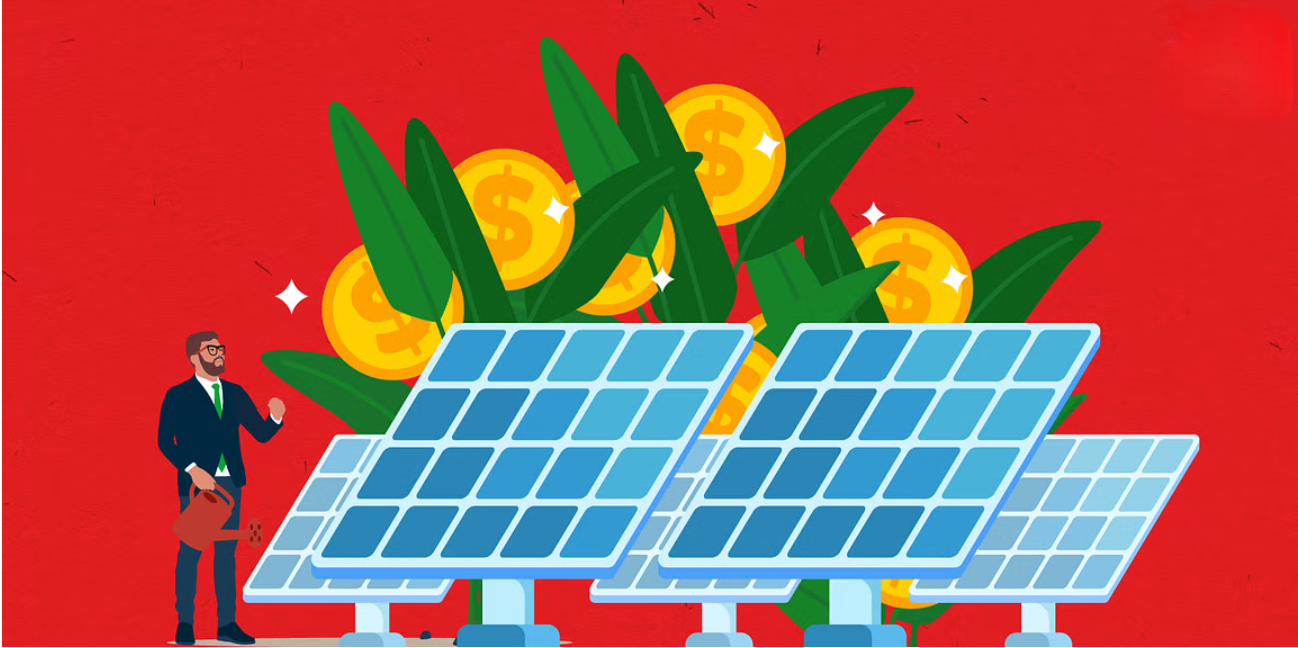
.thumbnailWrapper
width:6.62rem !important;
.alsoReadTitleImage
min-width: 81px !important;
min-height: 81px !important;
.alsoReadMainTitleText
font-size: 14px !important;
line-height: 20px !important;
.alsoReadHeadText
font-size: 24px !important;
line-height: 20px !important;

The industry is advocating for financial incentives, subsidies, and government initiatives to bolster the TPS system, encourage carbon credit trading, and offer increased assistance for developing eco-friendly technologies, aiming to foster a more sustainable approach to development.
“Strengthening existing frameworks and exploring inventive market mechanisms are imperative to ensure a fair and efficacious carbon pricing,” says Saunak Saha, partner, climate change and sustainability services, at EY India.
Subsidies on alternative fuels for mobility
While electric mobility is having its moment in the sun with several factions of the industry and the regulatory sphere pushing for purchase subsidies, tax breaks and production-linked incentives, many believe that auto LPG has not received appropriate consideration from the government.
Auto LPG produces lower carbon dioxide, nitrogen oxide, and sulphur dioxide emissions compared to traditional gasoline and diesel, and is also more cost-effective. Because it is a natural byproduct of the crude oil and natural gas refining process, and can also be produced from renewable sources such as agricultural residues and organic waste, LPG makes a good argument for wide adoption in the country as an alternative automobile fuel.
Budget 2024 needs to look at LPG as a necessary alternative to oil and gas, as well as electricity in the automotive industry, say experts. Just as the government offered purchase subsidies on EVs, the government should cap GST on auto LPG and LPG conversion kits, as well as incentivise people to actively convert to auto LPG.
“While the government’s dedication to fostering a cleaner and more sustainable economy, evident through the numerous commitments made and assurances secured during the COP summit is quite laudable, it needs to give further stimulus to alternative fuel-based transport options,” says Suyash Gupta, director general of the Indian Auto LPG Coalition.
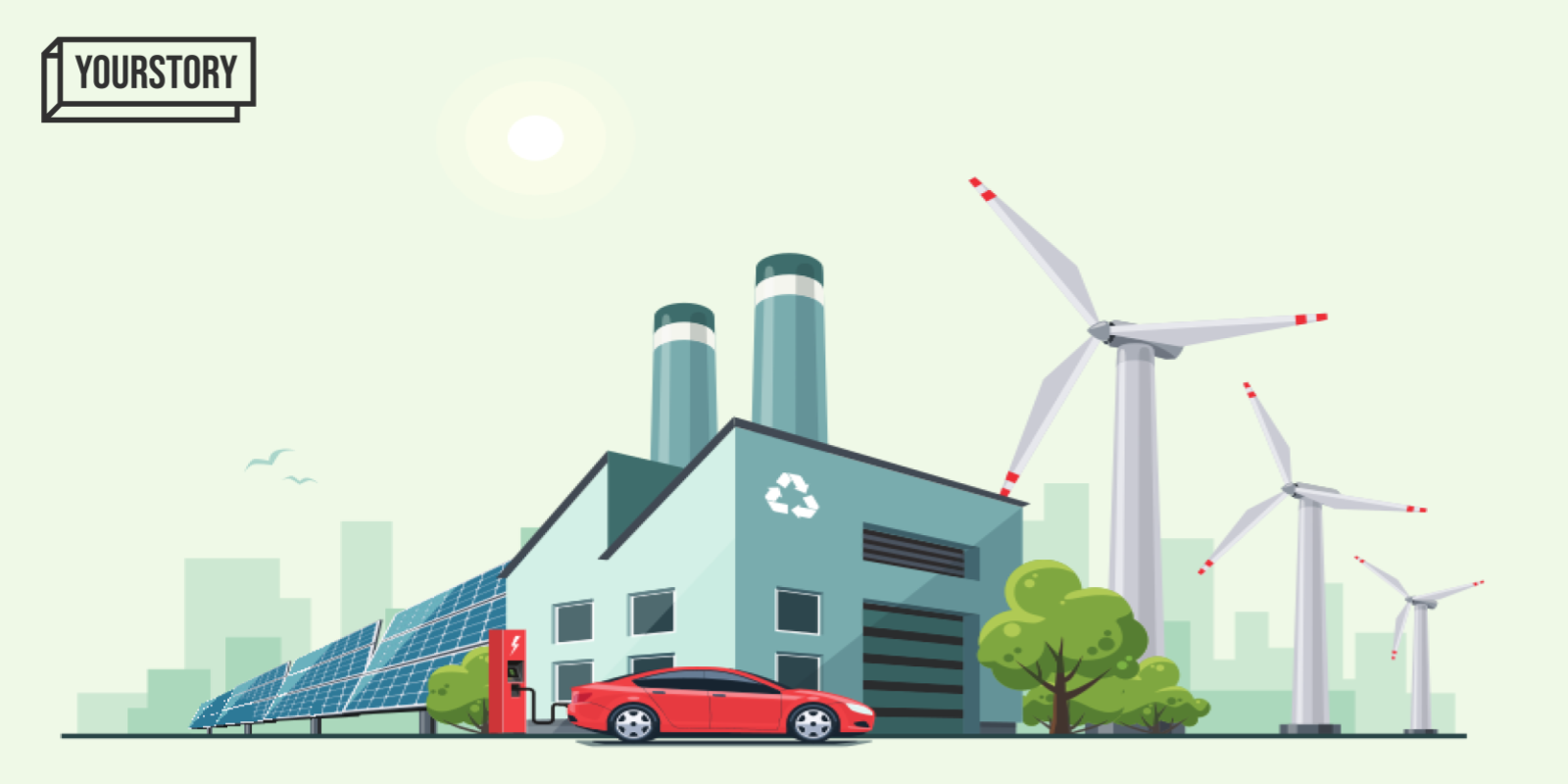
.thumbnailWrapper
width:6.62rem !important;
.alsoReadTitleImage
min-width: 81px !important;
min-height: 81px !important;
.alsoReadMainTitleText
font-size: 14px !important;
line-height: 20px !important;
.alsoReadHeadText
font-size: 24px !important;
line-height: 20px !important;
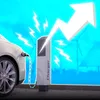
Support for climate change-focused technologies, including solar
Because climate change needs a 360-degree approach, technology is truly the only way to support its growth and help solutions scale. While the Solar Park and the Ultra Mega Solar Power Projects schemes, as well as the recently announced PM Suryoday Yojana, have helped catalyse the adoption of the technology, substantial gaps need to be filled on the energy storage side of things.
In September last year, the Union Cabinet approved a viability gap fund (VGF) grant of Rs 3,760 crore to develop battery energy storage systems (BESS). The VGF scheme provides financial assistance, covering up to 40% of the capital cost for BESS projects with a total capacity of 4,000 megawatt-hours until the fiscal year 2031, effectively reducing the overall cost of energy storage.
The scheme, first introduced by Sitharaman during Budget 2024, needs to not only be expanded to encourage more energy storage solution players to flood the field, but also reduce the GST on grid-scale battery storage to 5% from up to 28% currently, the industry says.
More tax breaks, especially on imported technology that help combat climate change and make processes more eco-friendly have been an industry-wide ask from the government. While recent budgets have focused on renewable energy, electric mobility, green hydrogen production, waste and water have not been a big part of the conversation. The hope is Budget 2024 looks at these sectors as well.
Edited by Megha Reddy


![Read more about the article [Weekly funding roundup] Venture capital inflow into Indian startups maintains high momentum](https://blog.digitalsevaa.com/wp-content/uploads/2021/02/Weeklyimage-1577460362436-300x150.png)







